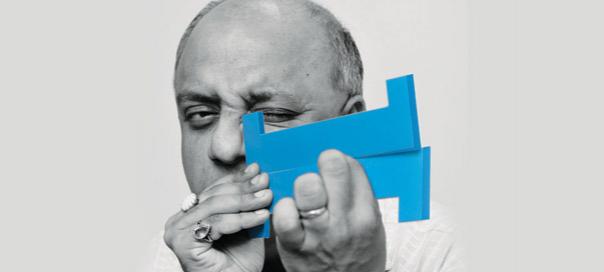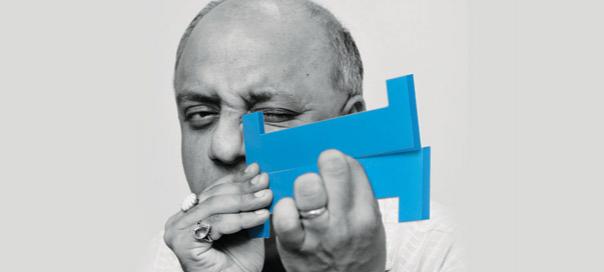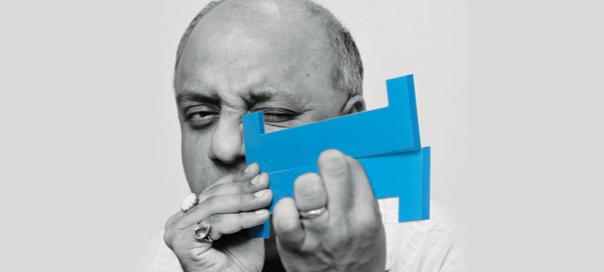Recently, Howard Sattler, the Perth-based radio talk show host, stirred a hornet’s nest over his “insulting” questions to Julia Gillard, the Prime Minister of Australia, about her partner Tim Mathieson’s alleged homosexuality. “I gave her the opportunity to stop me at any stage,” Sattler told a news network. “What about those who grilled a 13-year-old rape victim…harassed the English nurse to subsequent suicide, said…that Ms Gillard should be bagged and dumped into the sea?”
He named Kyle Sandilands and Alan Jones in particular, the ‘shock jocks’ who break into the news themselves without glorifying themselves. Sattler is basking in his new found glory though, and plans to run against Stephen Smith, the Labor MP from Perth. He was diagnosed with Parkinson’s disease and believes his slurred speech was the real reason he was sacked from the radio station’s Steven’s Sunrise programme, a sub-genre breakfast talk show. Things have become murky at the world of breakfast talk shows, once regarded as an example of pristine purity of form and content. It’s an infotainment TV programme, usually broadcast live in the morning, between 6 am and 10 am. Hosted by a small team, these shows are designed to target those getting ready for school and work, as well as stay-athome adults.
The world’s first show of this kind was Today, the first episode of which went live on January 14, 1952 on the US television network NBC. For the next 60 years, this pioneering format was number one in the morning ratings, and has ever since been replicated around the world. Such programming normally features reportage on weather, business, travel, stock markets, traffic information and sports, when most of the working demography is still at home. In the later part of the show, programming shifts to entertainment, to reflect the dominantly female demography. Traditionally fronted by two presenters (one male, one female) seated in cosy, homely setting.
The first morning news programme was Three To Get Ready, a local production broadcast by WPTZ from 1950 until 1952 in Philadelphia. It was hosted by the comedian Erne Kovacs. Although Three To Get Ready (named after WPTZ’s frequency of channel 3) was mostly entertainment oriented, it went on to feature some news and weather segments. Its success prompted NBC to look into something similar on national basis. Thus NBC’s Today lead with the first morning news (the ‘breaking news’ wasn’t born yet).
CBS had a crop of failed morning news shows. It had initially tried to mimic Today with a two-hour morning show format in 1954. A year later the show was cut to an hour because of the debut of the childrens’ TV series Captain Kangaroo. CBS altogether abandoned the morning show in 1957. From the late 1960s through the 1970s, The CBS Morning News aired an hour-long morning newscast that had a high rate of turnover among its anchors.
In 1979, it started an innovative series which focused more on lifestyle and features reporting. This format was moved exclusively to Sundays after a couple of years and still continues under the title CBS News Sunday Morning. It was not until the early 1980s that Captain Kangaroo ended its run, allowing CBS to expand its morning show to a full two hours. An ill-fated comedic revamp of the show The Morning Programme first aired in 1987. After that came This Morning, which has been the longest running CBS morning show so far. This show gave way to The Early Show in 1999 and onwards to a new version of CBS This Morning in the beginning of 2012.
A prominent latecomer to the morning show competition was ABC. It adopted the ‘AM’ franchise of local stations on 1970. AM Los Angeles launched the national career of Regis Philbin, and was a direct predecessor of his syndicated talk show Live! AM Chicago that later evolved into The Oprah Winfrey Show. Since the 1980s, Live (now hosted by Kelly Ripa and Michael Strahan) has been produced and distributed by ABC’s syndication wing.
Fox was the last of the ‘Big Four’ networks that does not have a morning show. The network attempted to transition sister cable network FX’s Breakfast Time in the mid-90s to Fox as Fox After Breakfast, to little success. The Daily Buzz is a niche morning show on small-market cable-only network, this show is produced by Mojo Brands Media produced by ACME Communications.
Cable news outlets have adopted the morning show format as well. Fox & Friends, Early Start and Starting Point follow the format on Fox News Channel and CNN respectively.
MSNBC’s Morning Joe follows a format more reminiscent of ‘talk radio’ and is the only conservative show in the network’s otherwise liberal lineup. Also in the trail of the ‘talk radio on TV’ format is Fox Business Network’s Imus in the Morning (which was aired on MSNBC until 2007). ESPN2 has Mike and Mike in the Morning and while NFL Network has NFL AM. The Lights on NBC, with virtually no conversation (or even any on-camera anchor), consists only of highlights and scores is another innovative extension of the genre. The Weather Channel introduced its own morning show, Wake Up With Al featuring Today weatherman Al Roker which supplements its regular weatherinformation program Your Weather Today.
All these ventures are honourable initiatives on air without the unethical practice of ‘man biting dog’ type of breaking into the news come what may!
Feedback: abatra@exchange4media.com
























